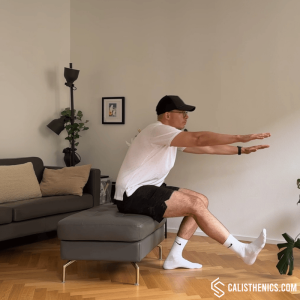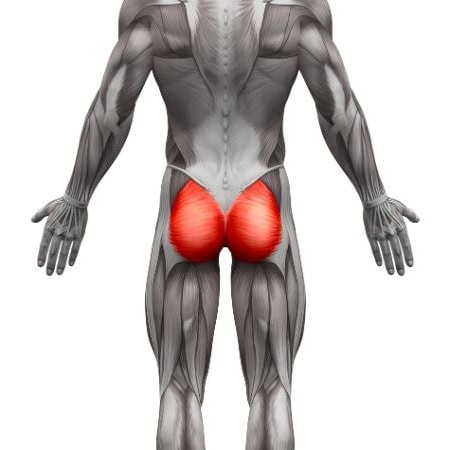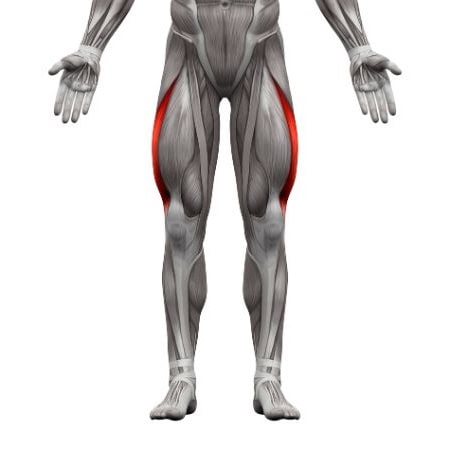Bench Assisted Single Leg Squat Negatives
How to do Bench Assisted Single Leg Squat Negatives?
The bench assisted single-leg squat negative focuses on the eccentric (lowering) phase of the single-leg squat with the support of a bench. The athlete lowers themselves on one leg in a controlled motion until they reach the bench, then stands up using both feet. This exercise is ideal for developing unilateral leg strength, improving balance, and building control during the eccentric phase of movement. The bench provides a stopping point for the descent, making it a safe way to work on the negative portion of the squat while reducing the demand on the concentric phase (standing up).
Steps to Perform the Exercise:
- Set Up in Front of a Bench: Stand in front of a bench or chair with your feet hip-width apart. Shift your weight to one leg and extend the other leg forward in front of you. Your arms can be extended in front of you for balance.
- Engage Your Core: Tighten your core muscles to stabilize your body. Keep your chest lifted and your back straight throughout the movement.
- Slowly Lower Yourself: Begin lowering yourself on your standing leg by bending your knee and pushing your hips back. Take 3-5 seconds to lower yourself in a slow, controlled manner toward the bench. Keep your non-working leg extended in front of you, off the ground.
- Touch the Bench: Lower yourself until your glutes gently touch the bench. Avoid sitting down heavily; instead, control the descent all the way until you lightly touch the bench.
- Stand Up with Both Legs: Once seated, place both feet on the ground and use both legs to stand up. This reduces the demand on the concentric (lifting) phase and allows you to focus on the eccentric part of the exercise.
- Switch Legs: Perform the desired number of repetitions on one leg before switching to the other.
Benefits of Bench Assisted Single-Leg Squat Negatives:
- Develops Eccentric Strength: This exercise focuses on the eccentric phase, helping build muscle control and strength, which is essential for injury prevention and muscle development.
- Unilateral Strength Building: Single-leg squats isolate each leg, helping to correct imbalances between your legs and improve overall lower-body strength.
- Improves Balance and Stability: The single-leg nature of this exercise challenges your balance and core stability, leading to better coordination and body control.
- Prepares for Full Pistol Squats: Focusing on the eccentric phase of the squat helps build the necessary strength and mobility required for advanced exercises like full pistol squats.
Tips for the proper execution of Bench Assisted Single Leg Squat Negatives
Focus on the Eccentric Phase: The goal is to move slowly and with control as you lower yourself to the bench. Focus on taking at least 3-5 seconds to lower into the squat to fully engage the muscles during the eccentric phase.
Maintain Proper Knee Alignment: Ensure your knee tracks over your toes and doesn’t collapse inward as you lower. This helps prevent knee strain and ensures proper muscle activation.
Engage Your Core: Keep your core muscles engaged to help with balance and prevent your torso from leaning forward excessively during the squat.
Control the Descent: Avoid dropping quickly onto the bench. Lower yourself gently, using the bench as a guide for depth and control.
Push Through the Heels: As you stand up with both feet, push through your heels to activate your glutes and hamstrings.
Muscles worked when doing Bench Assisted Single Leg Squat Negatives
- Primary Muscles: Quadriceps, glutes, hamstrings.
- Secondary Muscles: Hip flexors, calves (gastrocnemius, soleus), core (rectus abdominis, transverse abdominis, obliques), lower back (erector spinae).
Primary Muscle(s):
Secondary Muscle(s):
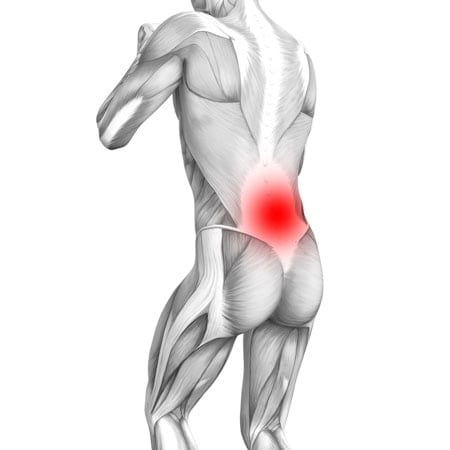
Lower back
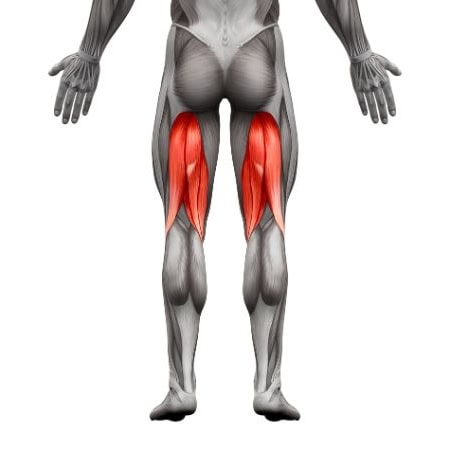
Hamstring
Equipment needed for Bench Assisted Single Leg Squat Negatives
No equipment found.
Adjust the difficulty of Bench Assisted Single Leg Squat Negatives
How to make Bench Assisted Single Leg Squat Negatives harder?
How to make Bench Assisted Single Leg Squat Negatives easier?
How to make Bench Assisted Single Leg Squat Negatives harder?
To make Bench Assisted Single Leg Squat Negatives harder:
-
Lower the Bench Height: Use a lower bench or platform to increase the range of motion, making the exercise more challenging for your quadriceps and glutes.
-
Slow Down the Eccentric Phase: Increase the time under tension by taking 5-8 seconds to lower yourself to the bench. This increases the demand on the muscles during the eccentric phase.
-
Add Weight: Hold a light dumbbell or kettlebell in front of your chest to add resistance and increase the challenge of the lowering phase.
-
Single-Leg Stand Without Assistance: Once you're ready, try standing up using only the working leg without relying on both feet. This will increase the intensity and challenge your strength more.
How to make Bench Assisted Single Leg Squat Negatives easier?
To make Bench Assisted Single Leg Squat Negatives easier:
-
Use a Higher Bench: If the range of motion is too challenging, use a higher bench or chair so you don't have to lower as deeply. This reduces the difficulty while still allowing you to focus on the eccentric phase.
-
Hold on to Support: Use a wall or chair for additional balance and assistance during the lowering phase. This can help you maintain control and proper form.
-
Reduce Eccentric Time: Lower yourself in 2-3 seconds rather than 3-5 seconds to make the movement easier. As you build strength, you can increase the time under tension.

